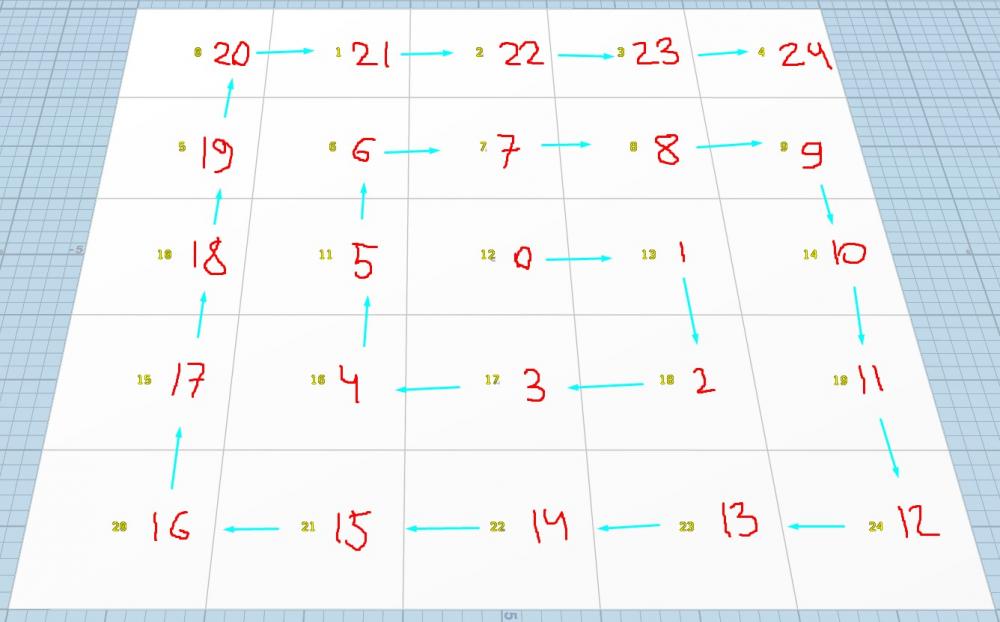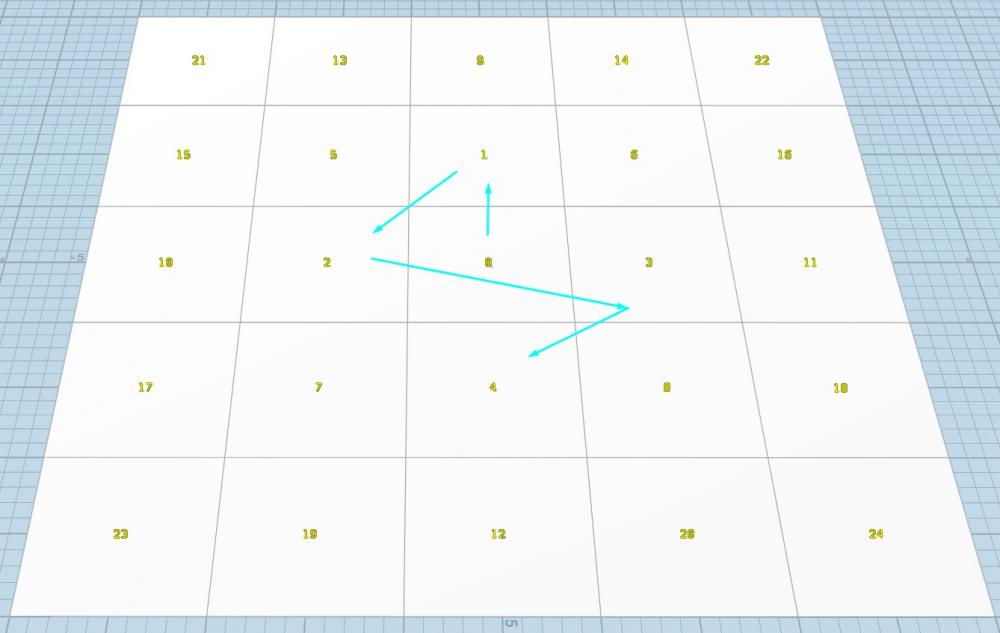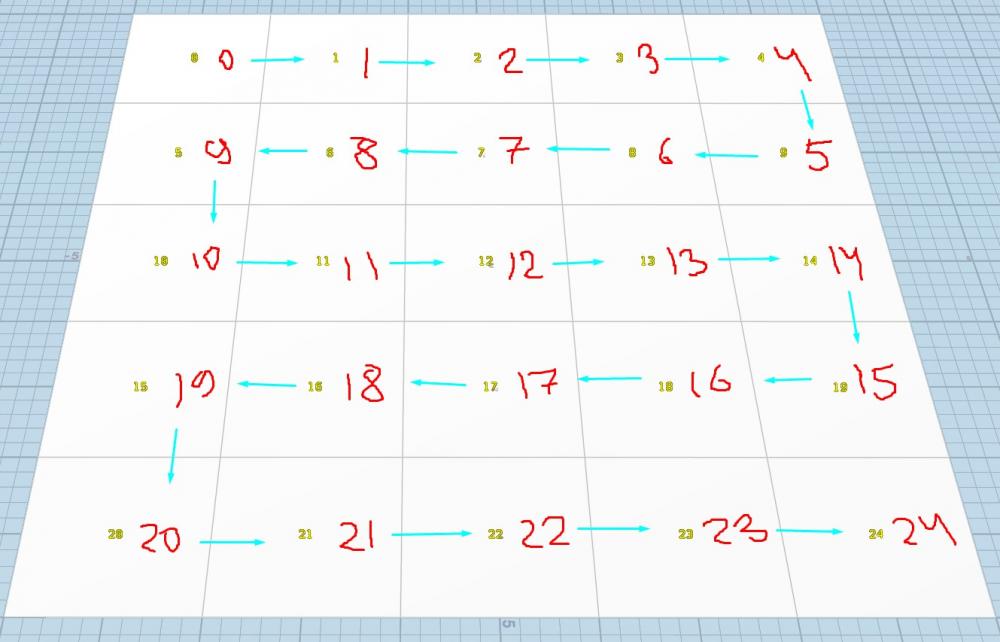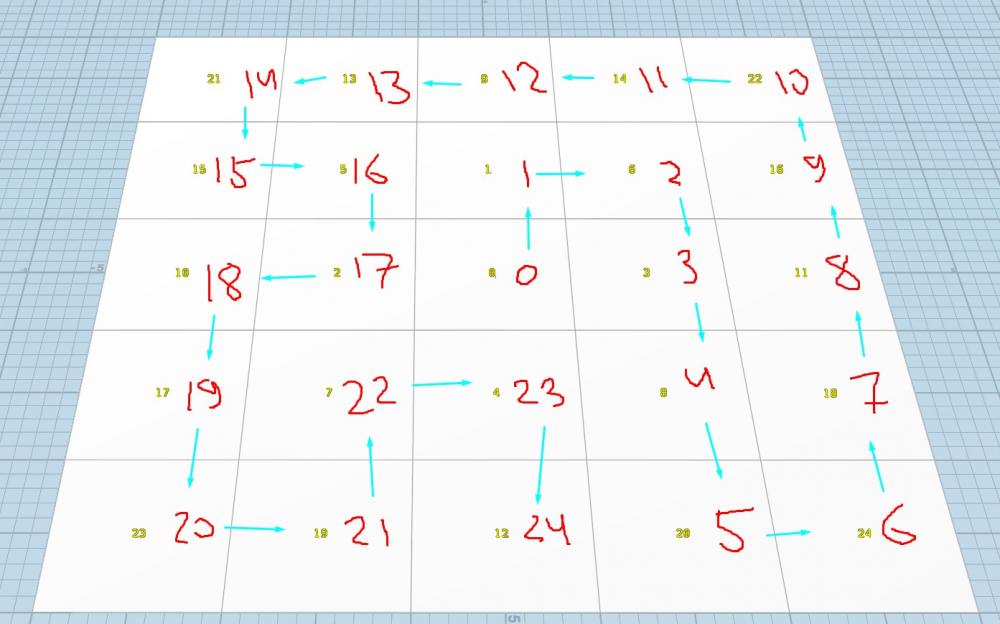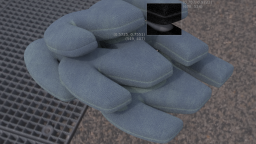Search the Community
Showing results for tags 'primitives'.
-

Packed Primitives to Maya - Best Practices
ParticleSkull posted a topic in General Houdini Questions
Hey guys, I have a scene with one object copied into thousands of points (particles). Since I'm using packed primitives, the scene gets super fast on Houdini but it's impossible to export it out. Does anyone knows what would be the best way to send it to Maya? Is there a way to, maybe, export it as a placeholder (a box for example) and, inside of maya, replace the box with the original object, maintaining it's matrix (pos, rotation, scale..)? Thx, Alvaro -
Hi ! Just like in the title, I need to find all the nearests primitives from a point and put them into an array ! I tried with the "xyzdist" fuction and other techniques but still doesn't work :"/ Do you guys have an idea on how to solve this ? Thank you all !
- 5 replies
-
- array
- primitives
-
(and 3 more)
Tagged with:
-
Is there a way to procedurally select primitives that are inside a mesh? I tried mask by feature and ray but cannot find a way to select the inside primitives. In the images I show the primitives that are inside (selected manually).
- 3 replies
-
- primitives
- delete
-
(and 3 more)
Tagged with:
-
Hello. I don't know Houdini very well yet, so I apologize if the answer seems obvious, but I haven't found any solutions on the forum pages or in any other sources. A question about sorting. How can I sort the numbers of primitives sequentially? In order, say from the center. If you use a node "Sort", he breaks out of the order. And another question is optional. Maybe there are some simple ways to dilute the order, making it a snake or chaotic? This is just interesting, but first of all I am interested in the question of the center. If you can still catch the logic here. Take the ranges each 5. 5-9 15-19 and flip. Howewer here it is already difficult to understand the logic. But it would be great if there is a tool that can do this. I would be happy to hear your ideas and suggestions. At least which way to look.
- 2 replies
-
- primitives
- continuously
-
(and 3 more)
Tagged with:
-
I need to transfer a Cd attribute from points to primitives and back from primitives to points. How do I do that?
- 1 reply
-
- point
- primitives
-
(and 1 more)
Tagged with:
-
How can I prevent particles from emitting from packed primitives center ?
-
- packed primitives
- packed
-
(and 2 more)
Tagged with:
-
After setting up the rotations for packed objects in point vops (after scattering), I just couldn't do the same for scaling and translating. I want to find a solution for cases where the scattering has already been done (or there are many instances of the same object). Can some one help me out? Bellow is the hip file. packed_objects_debug.hip
-
Beginner question, but I'm a bit confused as to how the merge node is supposed to work. I'm trying to export my scene as GLTF. My scene contains one geometry node with 2 primitive nodes inside (box and sphere) connected to a merge node. When I try to export, only the sphere shows up in the GLTF file. I've read merge node documentation but I still can't discern the behavior of "merge". The docs say Bypassing this node causes it to only export the first input. It will not compute the merged objects. which describes what I'm seeing, but I don't have the bypass flag activated. Also, why does the merge node seem to have a "favorite" or "primary" input?
-
Hello there!! I want to select all the primitives that have a specific attribute - @P = 0 - and assign a specific color to them. How can I do this in VEX or with nodes? cheers!!
- 1 reply
-
- color
- primitives
-
(and 1 more)
Tagged with:
-
Hello there!! I want to select all the primitives that have a specific attribute - @P = 0 - and assign a specific color to them. How can I do this in VEX or with nodes? cheers!!
- 1 reply
-
- color
- primitives
-
(and 1 more)
Tagged with:
-
Hello there!! I want to do something really easy I guess, to create a list with all the vertices for each primitive. - I am working with a polyedron- How can I do that in VEX? cheers
-
Hello!! I am working in a triangulated sphere and I want to make the different triangles glow with different idensity according to their primitive attributes. Any ideas? thanks!
-
- glow
- primitives
-
(and 1 more)
Tagged with:
-
Hey Everyone! So the issue is... I am using Voronoi to fracture an object. The inside and outside faces are in two groups named 'inside' and 'outside'. I'm using the 'assemble' node to pack the primitives however, doing this, it looses the 'inside' and 'outside' groups which I need to use later on. Is there a way to use the assemble node and keep the groups? Any advice is massively appreciated! Thanks All!
-
Hey!!! I am trying to add smoke to a shattered statue simulation. The falling pieces will emit smoke. I want the geometry to be deleted until the pieces reaches a certain velocity (if (@v.y < ch('threshold'));) , so that the emitter geo wont appear until the geometry is actually moving. That will keep smoke from emitting while the statue isn't falling apart. Finally, I need the geometry to be deleted when it is about to hit the ground, so I guess delete by Y position. I am trying to do this in an attribute wrangle. All the pieces have their own name attribute, piece1, piece2, etc. Here is my logic so far, I just don't know how to right it in vex: if (@v.y < ch('thresholdvelocity')) or (@p.y < ch('thresholdposition') then delete that whole piece. Any help would be appreciated. I am new to vex and I am trying to learn these things on my own, but sometimes I need help : ) Thanks edit: I can't add my original scene, but I made a sample scene. delete_geo.hipnc
-
I'm trying to add this geometry to the primitives of an object, in this instance a cube. I'm quite lost and have no idea how to continue, any suggestions? Also, is there a way to have a rectangle spawn from the corners of the grid towards the center, whilst following the height of the surface? VFX1.hipnc
-
I have a question that has been bugging me for some time and I couldn't find much information about it. Which is the best and most efficient way to render many polygons? Using delayed load procedurals or using packed disk primitives? Or, am I confused and are they both doing the same thing and there's no difference between the 2 workflows? As far as I know, they both create instance geometry. The documentation doesn't help much either, half of the things I read talk bout optimizing a render using delayed load procedurals, and the other half about using packed primitives. I'm wondering if packed primitives is the new workflow and using delayed load procedurals was the old way of doing it as is now obsolete? Here are the 2 workflows I'm talking about: Packed Disk Primitives Here I pack all my geometry and write it out to disk. I then load it back and change the load setting to "Packed Disk Primitives". Then I generate my IFDs and they are now referencing the geometry from disk instead of having to write them out (And the IFDs are a few KB or MB big). I then render using those IFDs. Here is what the documentation says about it: "Packed Primitives express a procedure to generate geometry at render time." "Because Packed Disk Primitives by their nature are geometry streamed from a file, similar to Alembic primitives, we don’t have to use a special procedural to get smaller IFDs." Delayed Load Procedurals Here I write out my geometry (not packed) as bgeo and then make a Delayed Load Procedural shader and select the bgeo files I just wrote to disk. I then go to the Rendering -> Geometry tab of my object and load my Procedural Shader. I then create my IFDs and then render them out. In the documentation about the delayed load procedurals, it talks about optimizing geometry this way. So I know there are these 2 ways, but are they both equally the same, or is one of them better than the other? Which workflow do you use? Also, when using the packed disk primitives, if the geometry you want to render is unique and it can't be instanced (or there's just no point in doing it), do you still pack it (so its only 1 packed prim) and save it out? Or do you use the delayed load procedurals? Do you use any other workflow? Any advice on this would be greatly appreciated! Thanks
-
Hi, Is there a way to limit the scope of the Dirt Mask VOP to primitives? I am basically using a dirt mask to give a wear look to the fabric and set the scope to scope:self. But the problem is that when I create a dynamic simulation the dirt mask includes all primitives inside the object, as you can see in the image.

